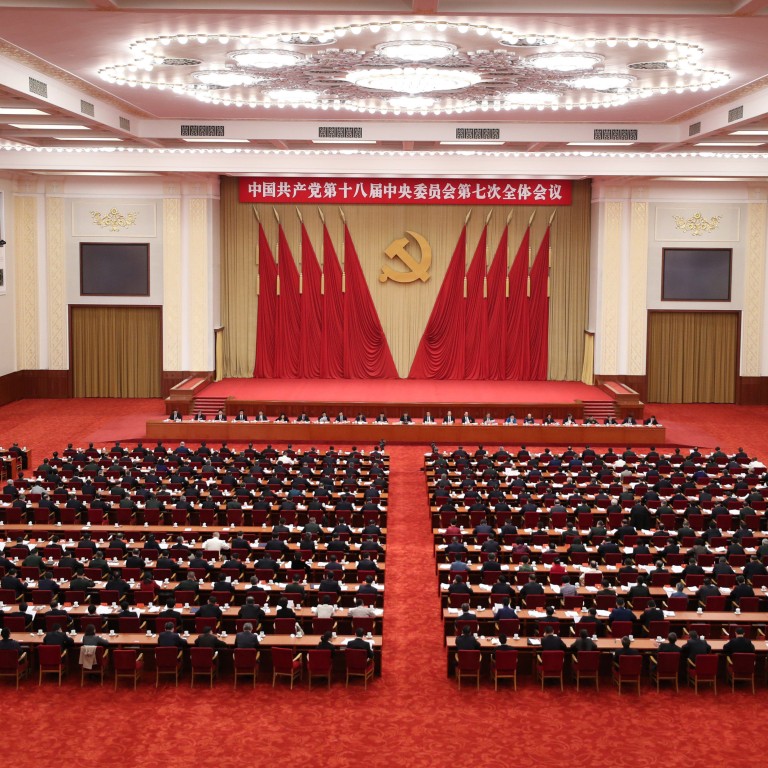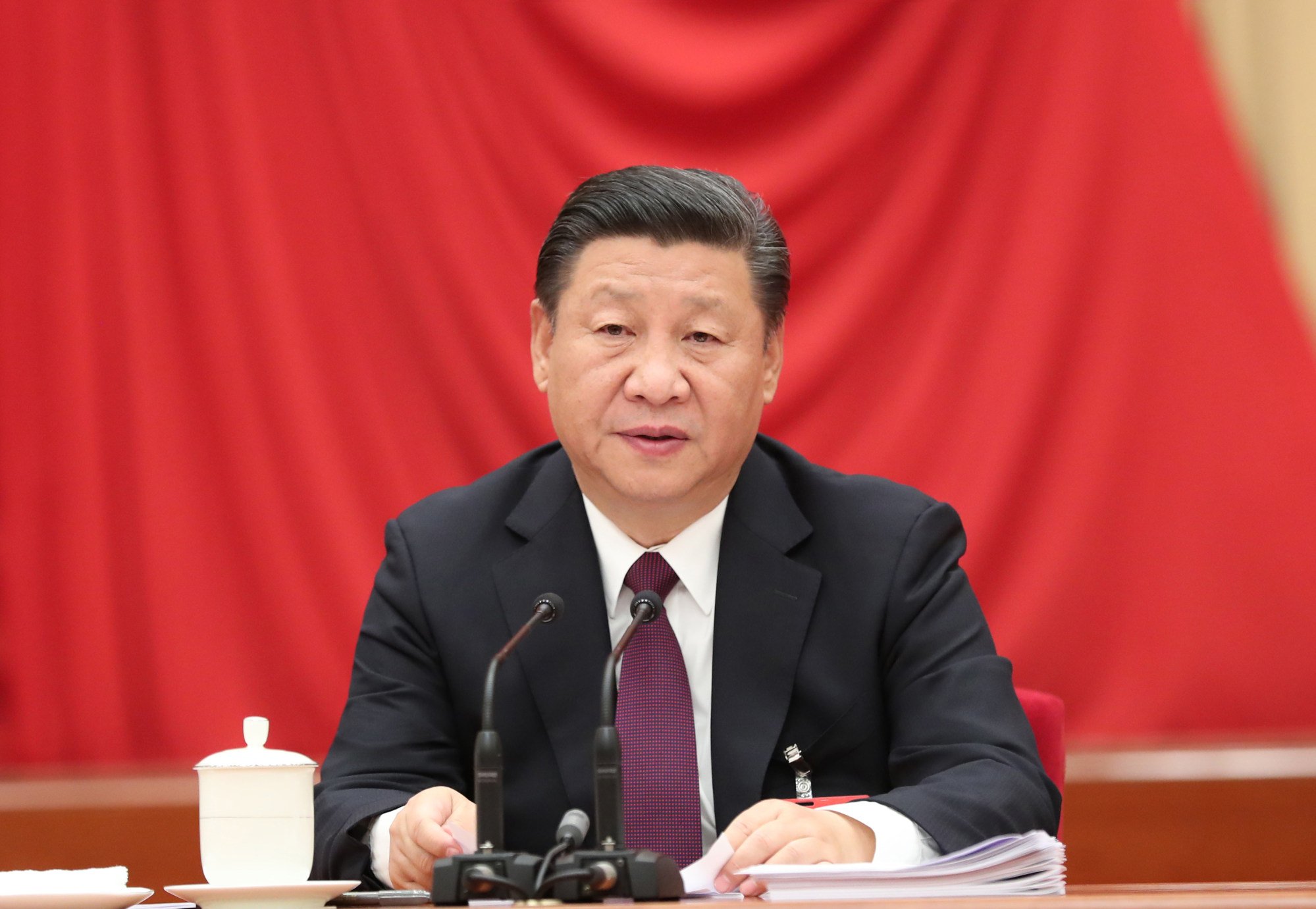
Explainer | China’s Communist Party plenums: what is the cycle and what can we expect?
- Typically seven party gatherings are held over a five-year cycle with a rough pattern emerging over the past four decades
- However, under Xi Jinping there have been changes to the established precedent
The decisions and goals announced at the meeting will be followed up by a wide range of government agencies with specific policies and timelines.
The gatherings usually see the attendance of the Central Committee, which consists of over 370 full and alternate members who hold key party and state positions, including members of the Politburo, ministers, provincial party secretaries, senior generals and heads of state-owned enterprises.
Despite the opaqueness around the gathering, a rough pattern has emerged over the past four decades. This is how they generally operate.
What is the timing?
Typically, seven plenums will be held over the five-year term of each central committee.
Two sessions are held in the years when a national party congress is held and two in the following year, with one annual plenum over the next three years.
The fixed pattern only saw a disruption in 1989, when the 13th Central Committee held two extra sessions because of the bloody Tiananmen crackdown in Beijing.
This also had a knock-on effect on the agenda and timing of subsequent gatherings.
Which plenums are important for party business?
The first plenum is held the day after the party congress, when the top leadership is appointed. These include the seven-member Politburo Standing Committee, the party’s key decision making body, and its general secretary, a position Xi Jinping has held since 2012.
The second plenum, normally held in February or March the following year, will come up with a similar list for the top government jobs, which will be confirmed by the National People’s Congress in an annual gathering held immediately afterwards.
Chinese Communist Party plenums: what are they and why are they important?
The plenum also decides on the overhaul of party organs and state bodies before they are appointed to a five-year term.
The seventh plenum is the last in the term of each central committee, and focuses on preparations for the next party congress.
But the key decisions – including the exact dates, duration and key appointments – well be finalised well in advance at smaller meetings.
Why three is key
The third plenum – which is expected to be held soon – is arguably the most important among them, because it is when major decisions on China’s economy and reforms are usually made.
It is generally held in the autumn of the year after the party congress and its decisions set the general policy framework for the next five or 10 years.
Before 2012, the drafting of reports for the third plenum used to be the responsibility of various members of the top leadership, but Xi took on that role himself in 2013 and 2018.
Soul-searching for China’s Communist Party elite as they consider way ahead
The only exception to the timing of the third plenum in the last 30 years happened last time round in 2018.
This was because of the January plenum to discuss the lifting of presidential term limits. As a result the third plenum was moved to February to cover business normally covered by the second plenum.
Take five
The actual five-year plan will be confirmed and announced in the legislative session the following spring.

Previously the drafting of the plan was the job of the premier because the economy was considered one of the cabinet leader’s key responsibilities, but Xi took over this job after coming to power.
Any other business?
The fourth and sixth plenums do not have a fixed theme. They are usually related to party building or ideology, but one in 1999 focused on the reform of state-owned enterprises.
As with other plenums since 2012, Xi has taken on the lead role at the fourth and sixth plenums. In 2019, the fourth plenum covered much of the important business normally covered by the third plenum.


